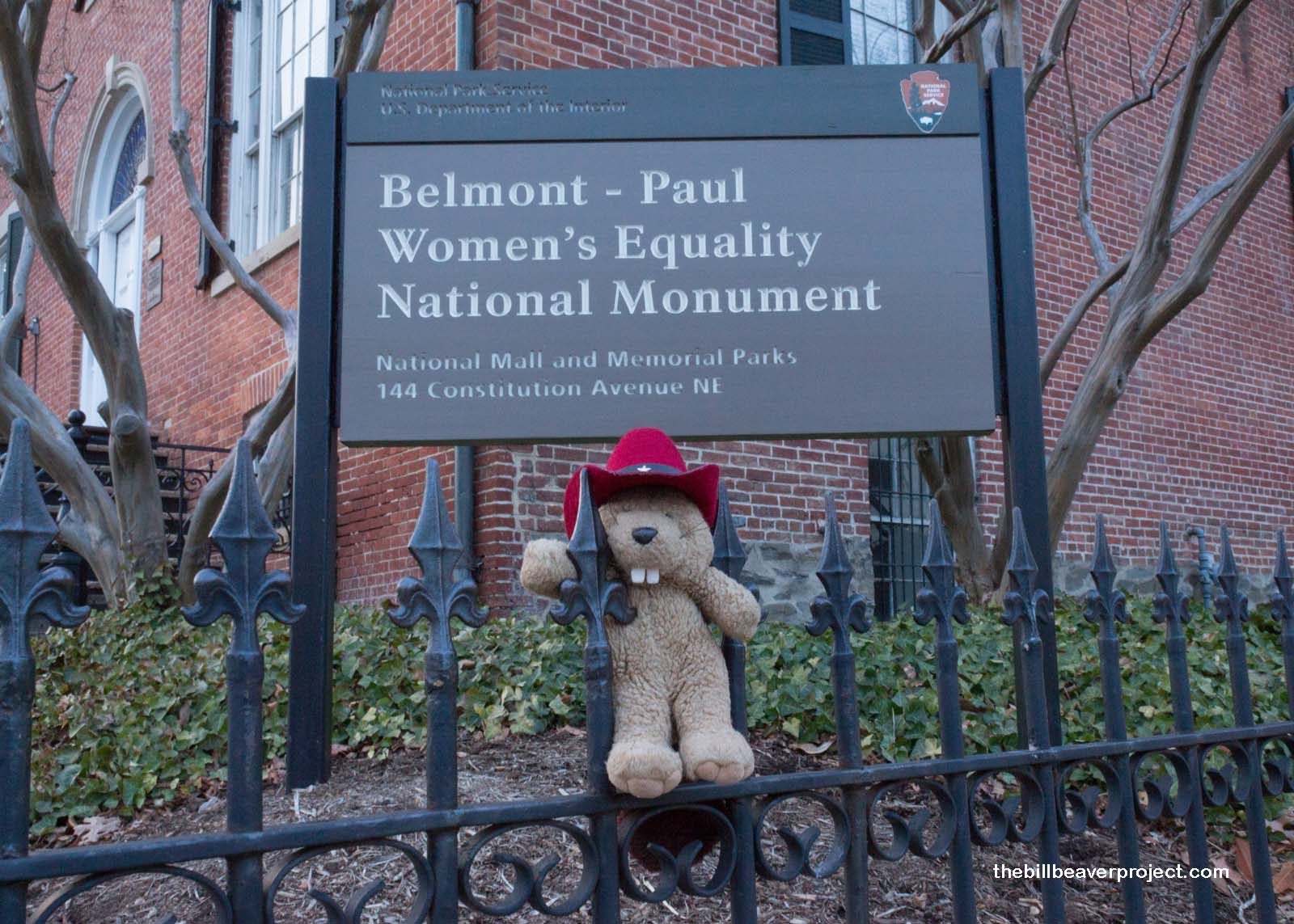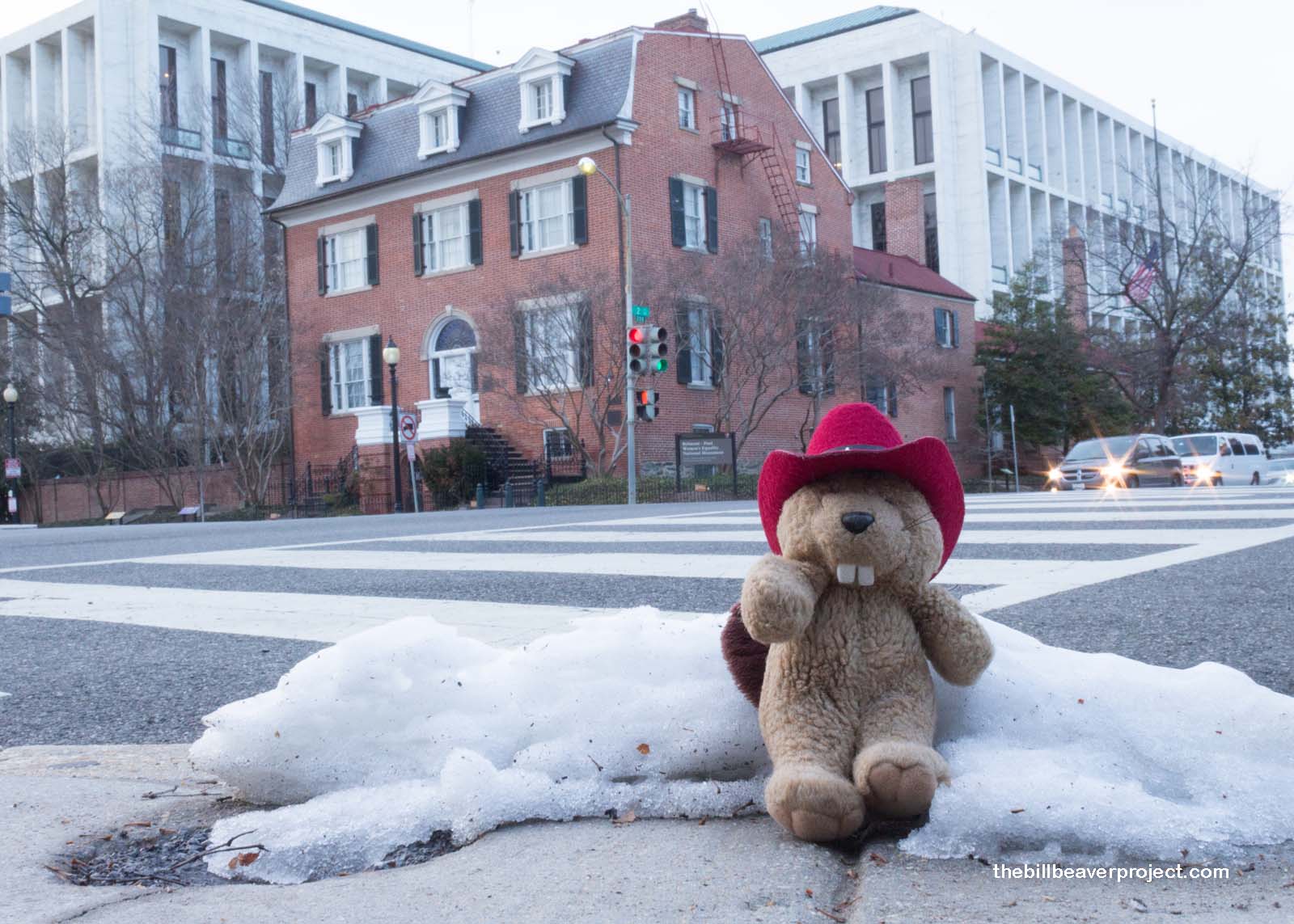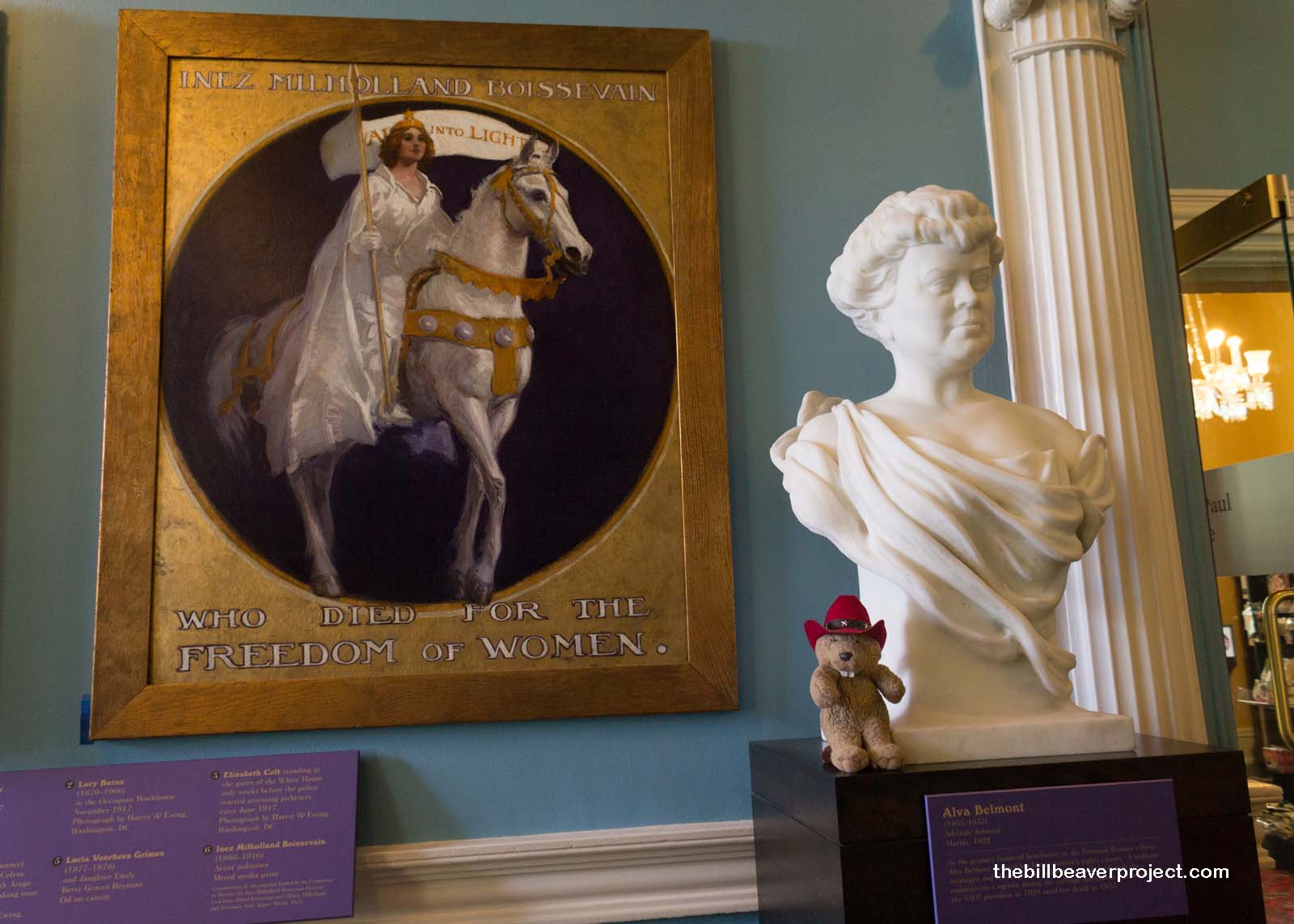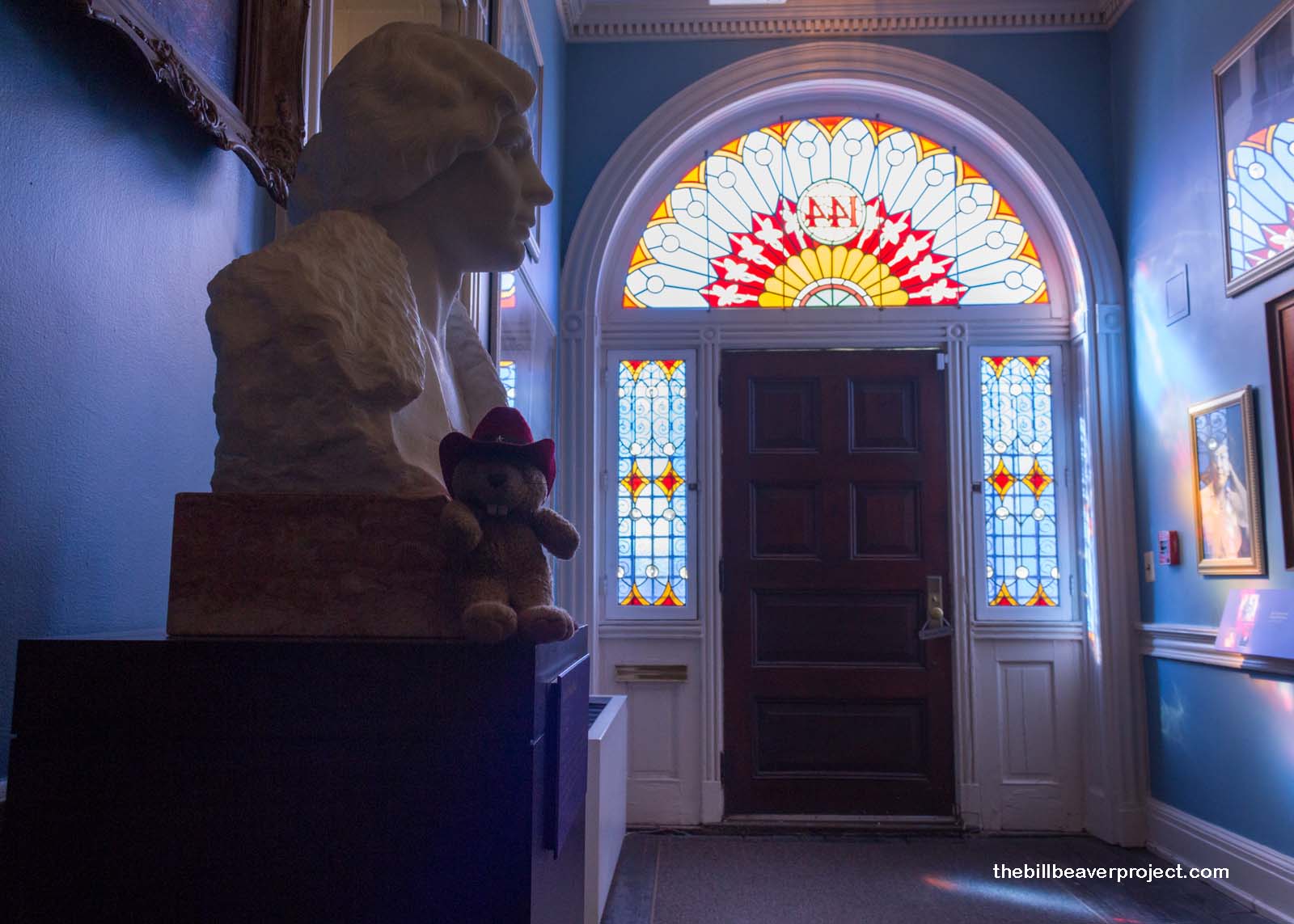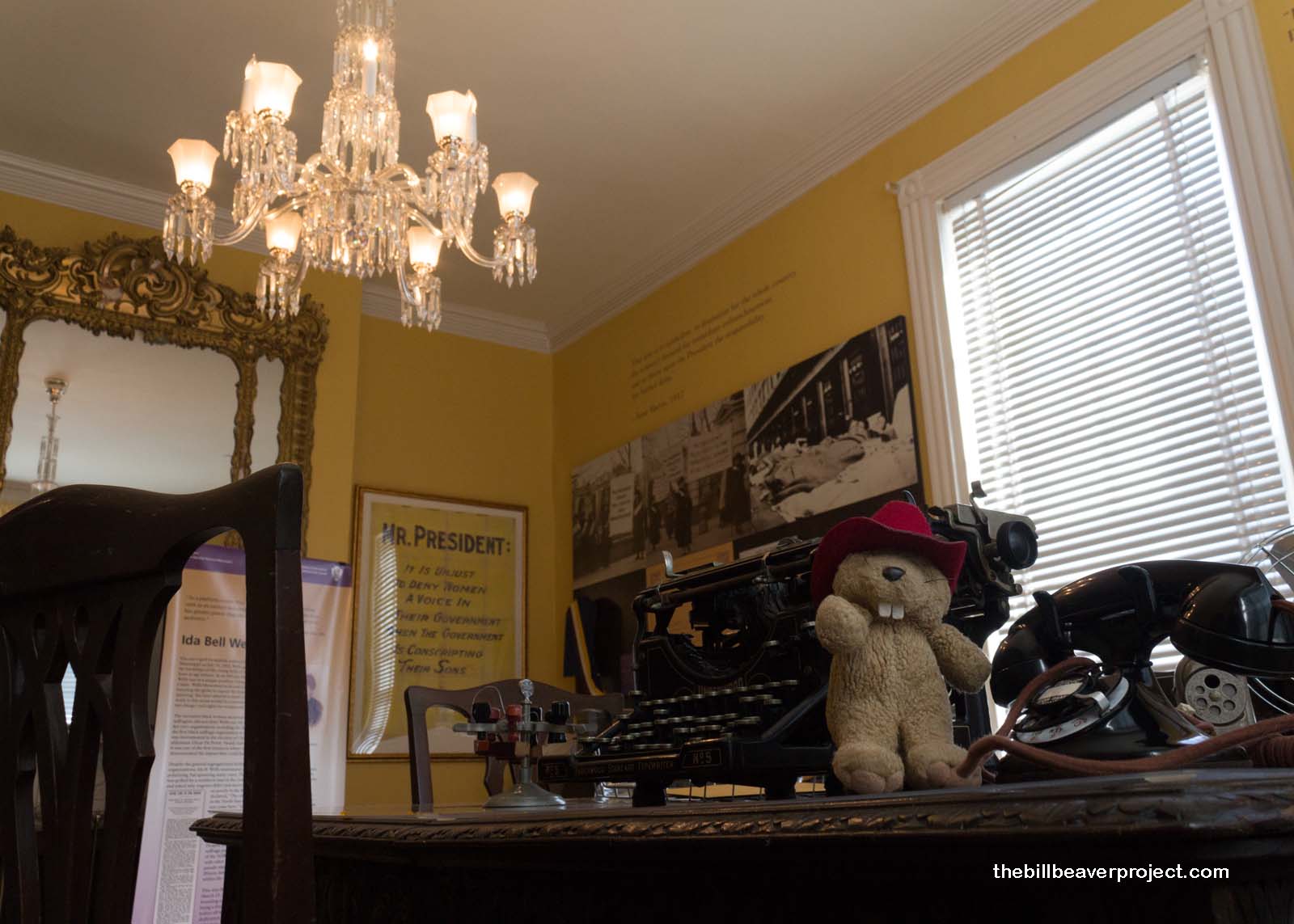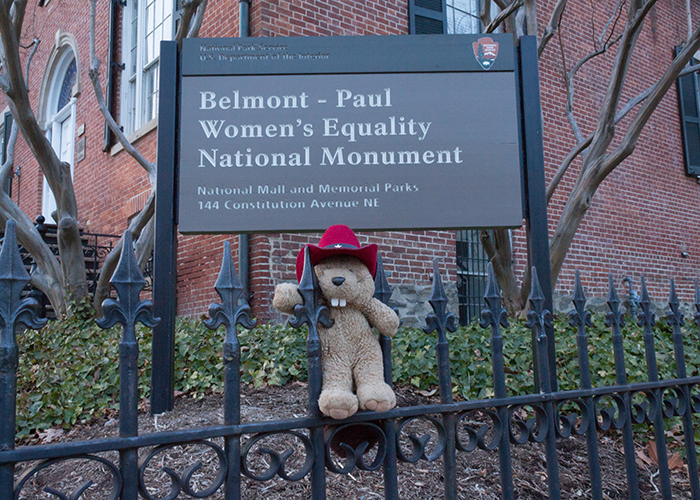| What makes it historical? |
Who were the Belmont and the Paul in this house’s name? Firstly, the names need switching to help understand the chronology. In 1914, having already received a Master’s degree in sociology and a Ph.D. in Economics, Alice Paul continued her studies abroad in England, where she made the acquaintance with suffragette, Emmeline Pankhurst. Taking some notes from Ms. Pankhurst’s book (including getting arrested for radical protesting), Ms. Paul returned to the States to found the NWP in 1916. This would fill the gap left behind following the deaths of Susan B. Anthony and Elizabeth Cady Stanton!
Four years of protests and boyotts of politica figures later, Congress passed the 19th Amendment, giving women the vote! Not content with just a vote, Ms. Paul spent the rest of her days fighting for women’s equality at home and abroad, even founding the U.N. Commission on the Status of Women in 1945!
Alva Vanderbilt Belmont’s journey was a little more circuitous. Born into wealth and educated abroad, she spent a great deal of her life just building status, but after divorcing one husband and losing another, plus losing a son, Ms. Belmont found herself with a ton of money and no cause to fight for. After her own trip to England and her own encounter with Ms. Emmeline Pankhurst, Ms. Belmont started funding the NWP that Alice Paul had founded! It was her funding that enabled her to secure this house as NWP headquarters, and she would also serve as NWP president from 1920 until 1933!
Inside the house today, there are many relics of the women’s rights movement: banners, buttons, and even original office equipment! One poster I found particularly interesting depicted Inez Milholland Boissevain, wearing a tiara, holding a spear, and riding a white horse! This suffragist showed up at lots of rallies in this attire and may have provided the visual inspiration for Thomas Marsten’s famous comic character, Wonder Woman! |
